Pakistan underscored its ambition to expand its footprint in the global textile market with a strong showing at Intertextile Shanghai Apparel Fabrics and Yarn Expo Autumn 2025, held from September 2 to 4 at the National Exhibition and Convention Centre.
The country fielded 10 exhibitors across the two events — seven at Intertextile Shanghai Apparel Fabrics (ITSA) and three at Yarn Expo. Of these, three were showcased under the Pakistan Pavilion supported by the Trade Development Authority of Pakistan (TDAP), while the remaining seven exhibitors participated independently.
According to Taurus Securities, Pakistan’s textile exports rose 32% year-on-year in July 2025, reaching USD 1.7 billion. Analysts attribute the growth to tariff relief, a recent US trade deal, and seasonal demand, underscoring the momentum behind the industry’s global outreach.
This year’s fairs drew major international participation, with Intertextile hosting nearly 3,700 exhibitors from 26 countries and regions, while Yarn Expo featured about 580 exhibitors from 16 countries. Thousands of trade visitors attended, reinforcing the events’ reputation as premier platforms for sourcing, networking, and industry collaboration.
To connect exhibitors with target markets, the fairs provided product zones, group pavilions, and dedicated country and region pavilions. Pakistani participants said the exposure was invaluable.
“We met several serious international buyers,” said Muhammad Abdullah Tanvir, Deputy Marketing Manager at Diamond Fabrics Limited. “Intertextile Shanghai is the right platform for expanding our global reach; it attracts the right audience and gives us an excellent opportunity to showcase our products.”
Khawaja Muhammad Muzaffar Iqbal, Director of Mahmood Textile Mills, echoed this, noting his company has proudly exhibited at the fair for a decade. “The exhibition has always been amazing and valuable for us, and it’s our honour to be regular participants,” he said.
Organisers said Pakistan’s consistent presence reflects its commitment to quality textile production and global trade integration. The 2025 editions are expected to open new channels for exports, foster innovation, and strengthen partnerships across the international textile industry.



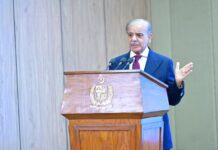
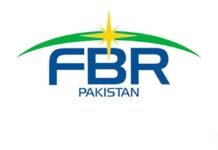

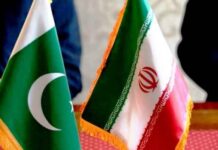

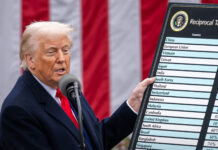
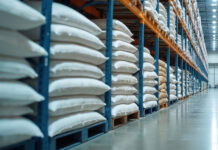










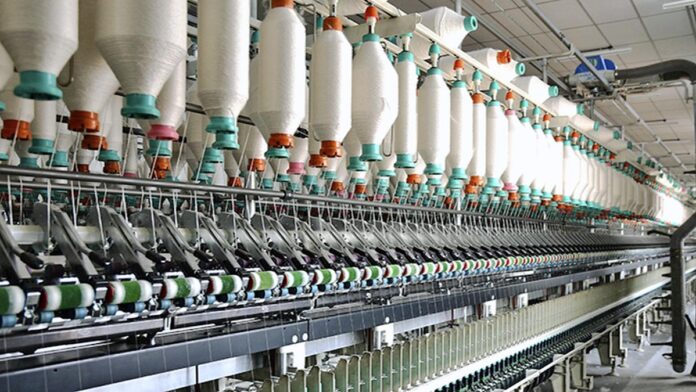
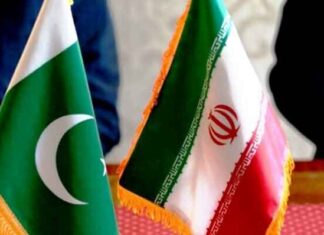



Definitely 50 percent tariff on Indian products by US is an opportunity to Pakistani exporters. We must encash this and establish our foot hold in market.
No excuses. Life time opportunity.